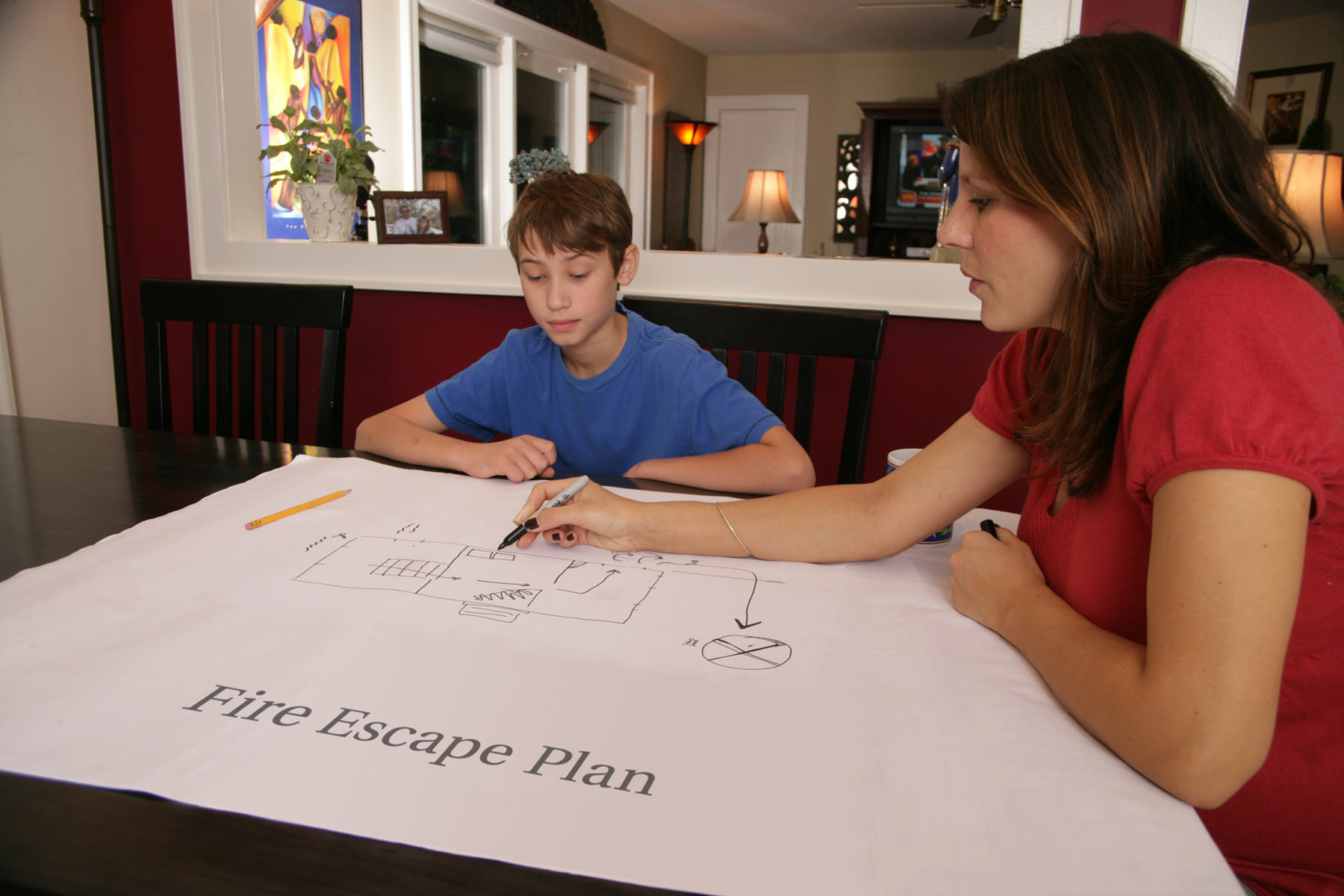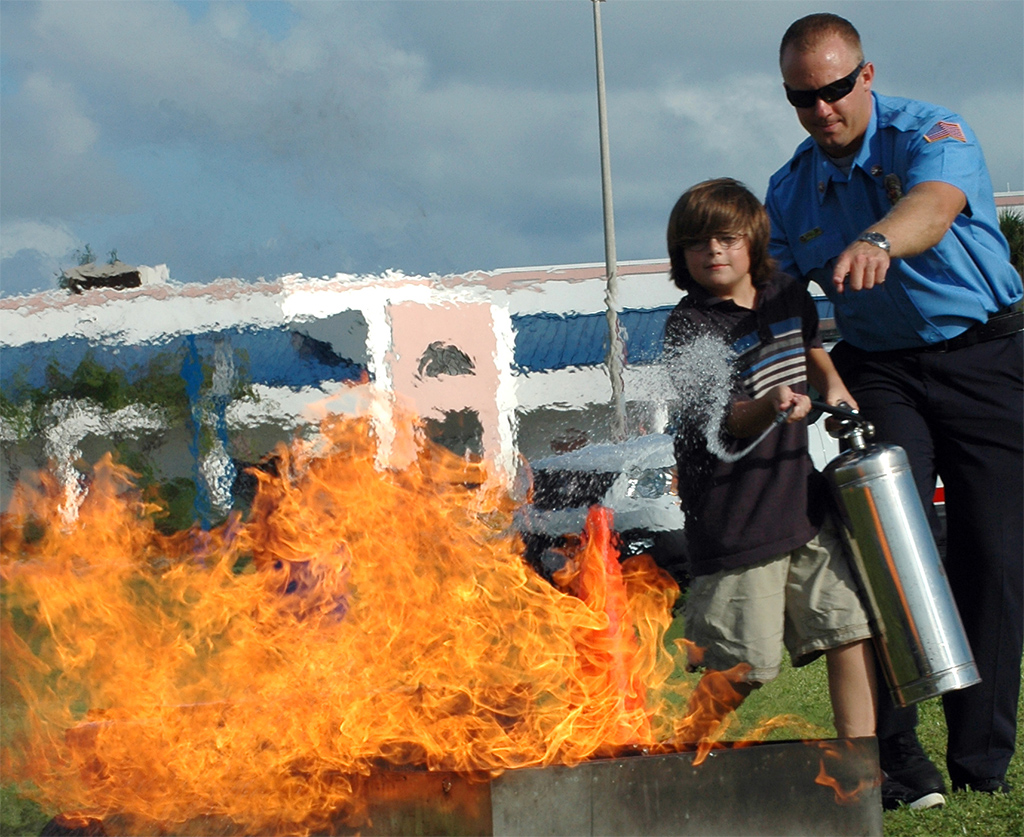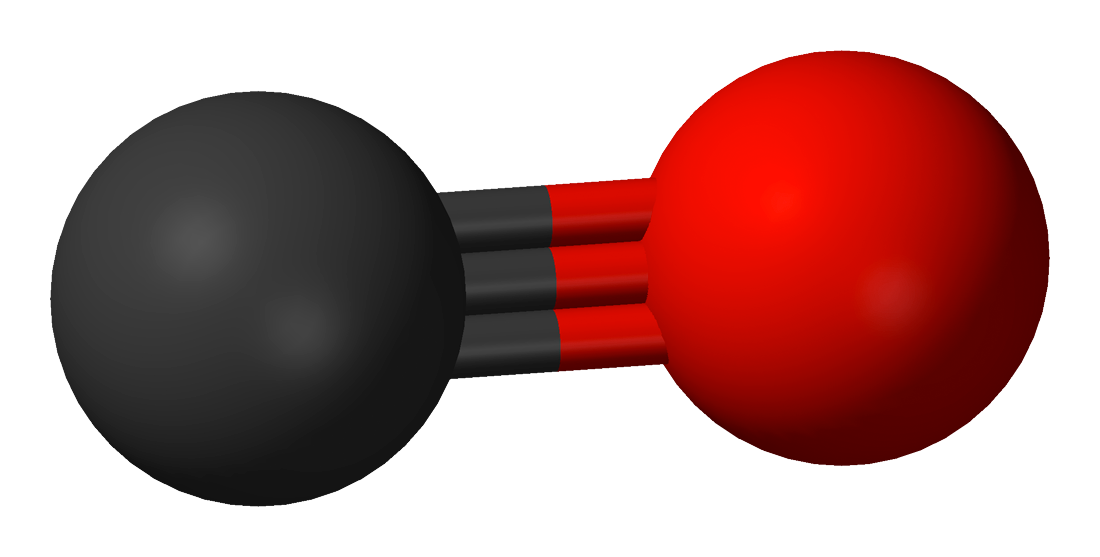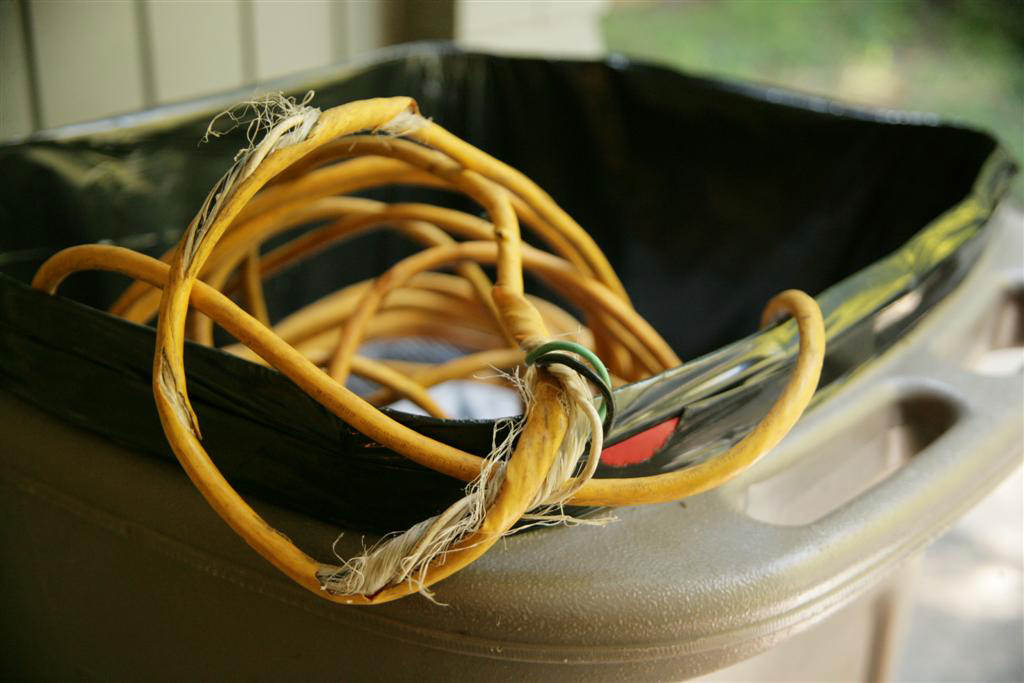With the holidays fast approaching and the increased usage of seasonal decorations, it is important to focus on candle fire safety and prevention. Because the majority of candle fires result from human error and negligence, candle fires and their associated casualties are preventable.
continue reading →
Candle Fire Safety
Know When to Go!
The National Fire Protection Association (NFPA) estimates that approximately 80 percent of all fire deaths in the United States and Canada occur in the home. Roughly 11 people per day, die in home fires in the U.S. and Canada. Many lives can be saved if people react immediately when a fire alarm sounds. Once a fire starts, there’s no time to develop a plan. The NFPA urges everyone to “Know When to Go.”
continue reading →
Fire Extinguishers
Extinguishers Have Limits
USED PROPERLY, a portable fire extinguisher can save lives and property by putting out a small fire or containing it until the fire department arrives.
Portable extinguishers for home use, however, are not designed to fight large or spreading fires. Even against small fires, they are useful only under certain conditions.
continue reading →
About Carbon Monoxide
Carbon monoxide (CO) is an odorless, colorless, deadly gas. It can kill you before you know it because you can’t see it, taste it or smell it. At lower levels of exposure, it can cause health problems. Some people may be more vulnerable to CO poisoning such as fetuses, infants, children, senior citizens and those with heart or lung problems. When CO is breathed in by an individual, it accumulates in the blood and forms a toxic compound known as carboxyhemoglobin (COHb). Hemoglobin carries oxygen in the bloodstream to cells and tissues. Carbon monoxide attaches itself to hemoglobin and displaces the oxygen that the body organs need.
continue reading →
Electrical Fire Safety
Each year the Mendham Fire Department & First Aid Squad respond to a significant number of fires and medical emergencies caused by electrical malfunction. Every year in the United States, more than 1,000 people are killed and thousands more injured in electrical fire or shock incidents. It is important to know how to use electrical appliances safely and how to recognize electrical hazards. continue reading →





